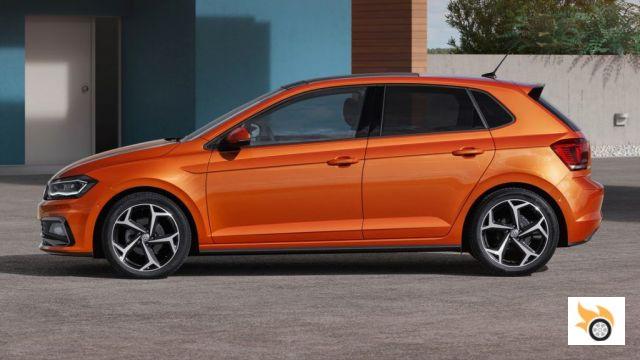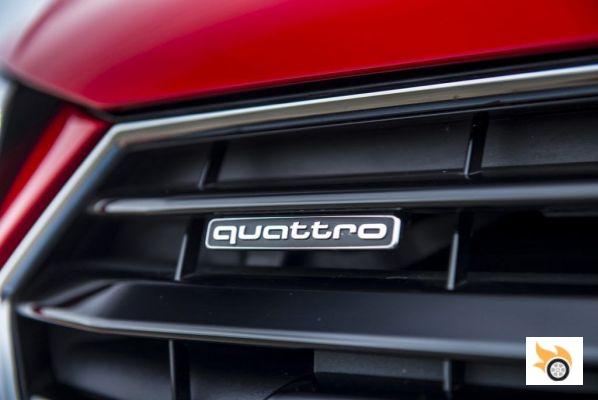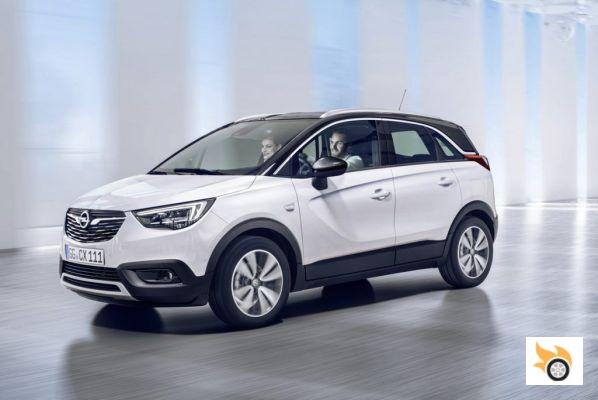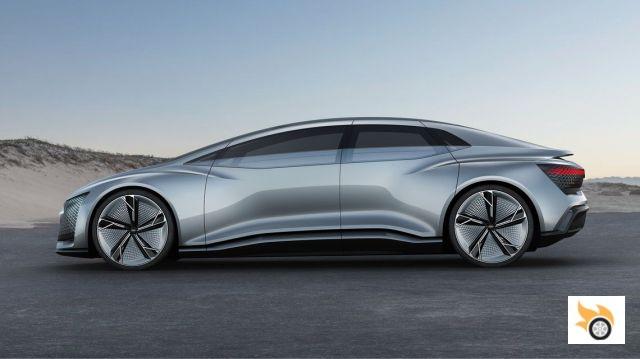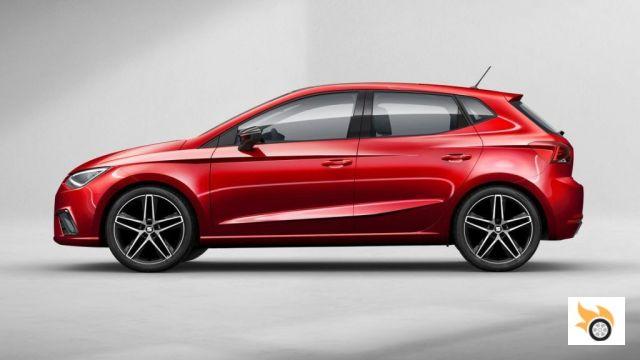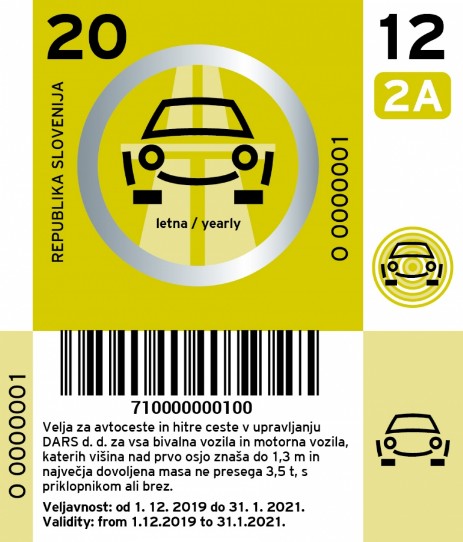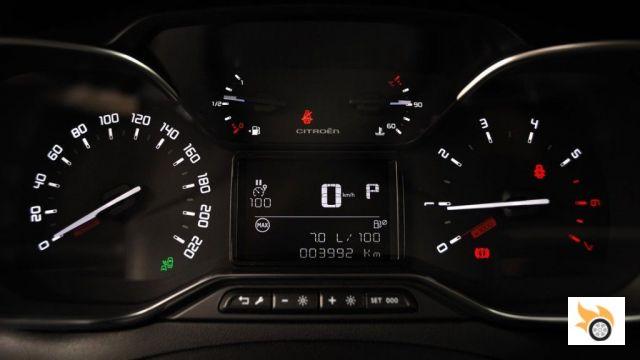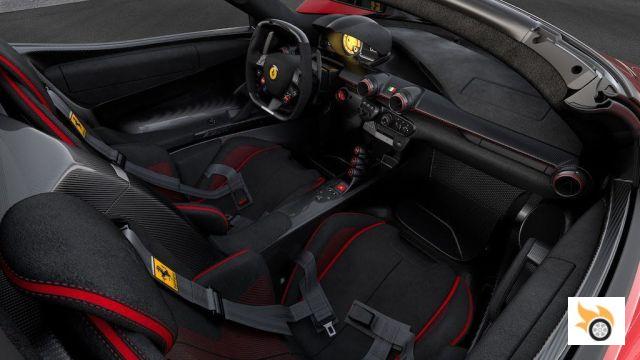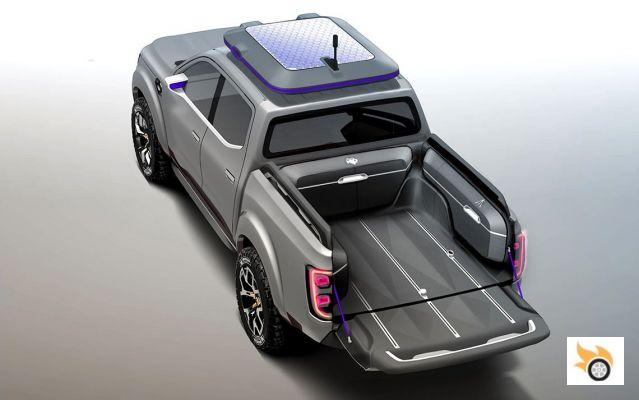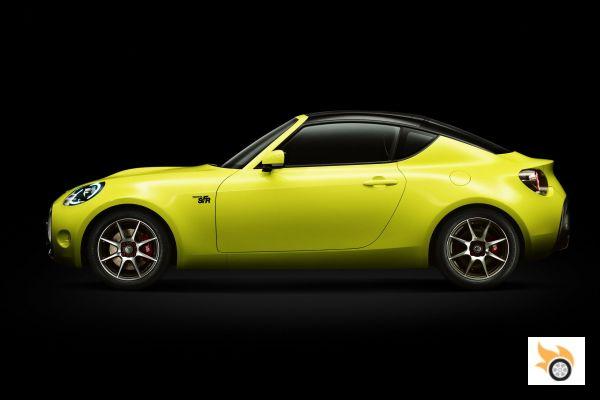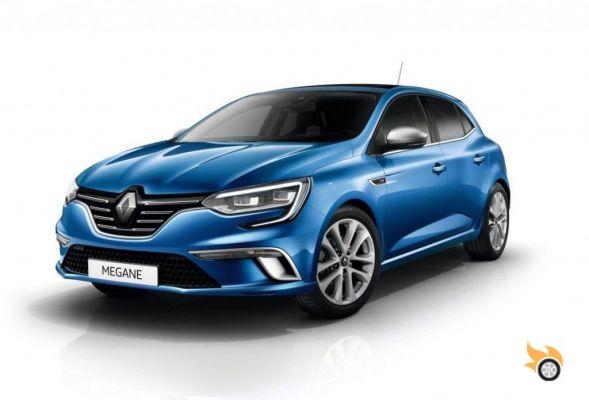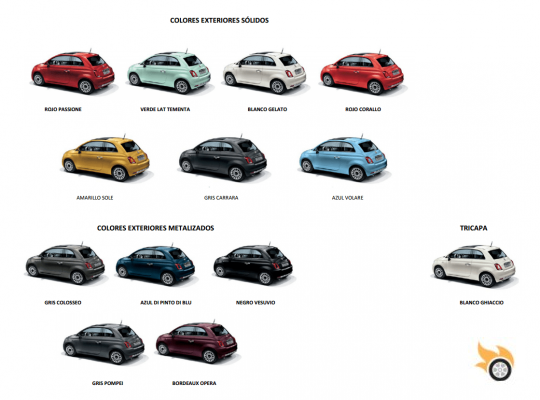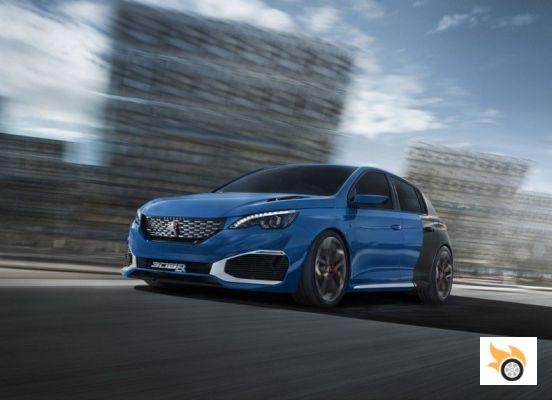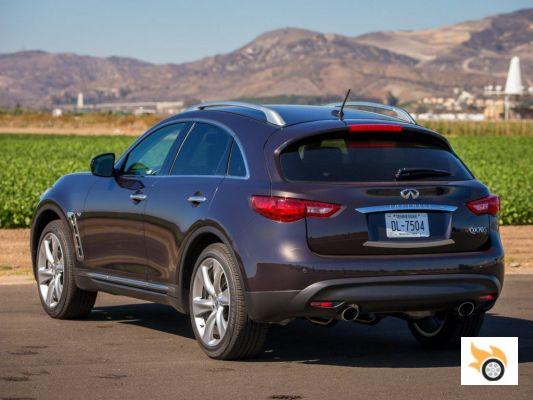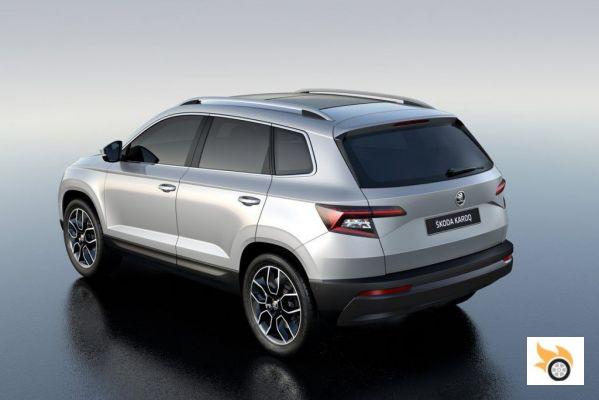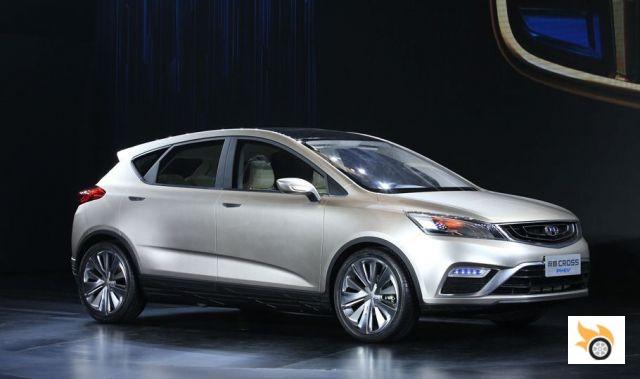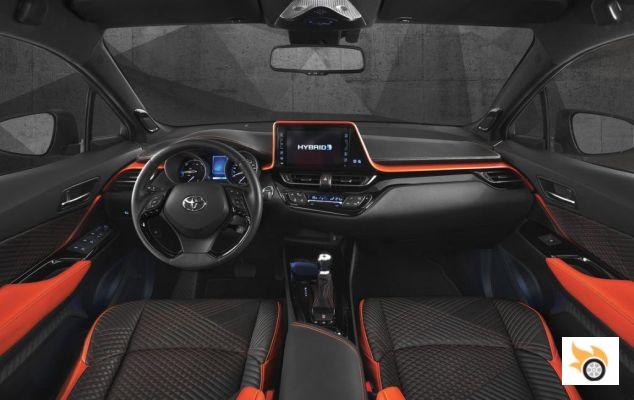What is the Supervignette Auto 2020
What is the Supervignette Auto 2020? Simply put, a car vignette is a car vignette tax surcharge, in layman's terms it is a tax on top of the familiar annual car vignette tax.
In the midst of the 2008 global financial crisis, the then Monti government launched the Decree to Save Italy, a series of measures designed to "cash in" and try to mitigate the economic impact of the recession. The supervignette was introduced by the "Save Italy" Decree with Article 23, paragraph 21, of the Decree Law of 6 July 2011 in Supervignette No. 98. Already valid for the 2011 tax year, the car supervignette initially provided for an increase of €10 for each kW above 225.
With Article 6 of Law No. 214 of 23/12/2011, published in the Official Gazette No. 300 of 27/12/2011, the supervignette immediately underwent substantial changes. The minimum kW threshold is reduced from 225 to 185 and the amount is doubled to 20 euros per kW.
Thus, from 2012 to date the situation has remained un changed even though there have been several proposals to abolish the supervignette car, considered by many as an unfair and meaningless tax for tax purposes. The negative fiscal effects due to VAT losses on luxury (unsold) vehicles and reductions in various excise duties on fuel far outweigh the gains from the supervignette.
Another aspect of the car vignette, which is irrelevant to the motorist, is that it is a statewide tax unlike the car vignette which is a regional tax.
How does the car supervignette 2020 work?
After understanding what the car supervignette is, does it make sense to ask how the car supervignette works? Well, the operation is relatively simple. The supervignette must be paid every year and provides for the payment of 20 euros for each kW that exceeds 185 kW.
The car supervignette then provides for a system of tax reduction as the car ages and therefore becomes "less luxurious". The reduction of the tax surcharge occurs after 5, 10 and 15 years from the first registration of the vehicle by 40%, 70% and 85% respectively. As the car ages 20 years, the supervignette tax becomes €0, but not the supervignette tax which has to be paid for another 9 years until the car reaches the age of 30 years and is considered a vintage car.
How is the car survivor tax calculated in 2020?
Calculating the car vignette can be done safely by hand given the simplicity of the formula. To calculate how much you owe the state you only need to have three different pieces of information:
- Vehicle registration date (which almost always coincides with the age of the vehicle).
- Vehicle power in kilowatts (kW)
- Tax value per kW (in the image below)
To calculate the 2020 car supervignette all you have to do is multiply all the kW of power over 185 by the tax for the age of your car.
Let's take a practical example, let's say your car has 285 horsepower and was registered between 5 and 10 years ago. The calculation of your superintendence will be (285-185) x 12 euros, the total tax you will have to pay is then 1200 euros.
In case you prefer to use a digital system for the calculation of the 2020 car supervignette we suggest you use the one provided by the Tax Agency, let's see how it is next.
How to calculate the car supervignette 2020 through the website of the Tax Agency?
Calculating the amount to pay for the 2020 supervignette car is a matter of a few seconds if you use the portal of the Tax Agency. To complete the calculation you only need to enter the following data on the portal:
- Vehicle registration number;
- Region of residence;
- Reference year of the supervignette;
- The month in which the vignette expires;
- Year of vignette expiry;
- Months of vignette validity;
- Age reduction (the "discount" based on the age of the car).
Once these details have been entered, the system indicates exactly how much of the 2020 Supervignette is due and the maximum payment period.
What is the difference between the car vignette and the Supervignette?
Many people ask "what changes between the vignette and the supervignette"? It can actually be confusing that the name is quite similar or the fact that the supervignette is an extra tax that is added to but does not replace the vignette.
The main difference between the vignette and the supervignette is just that. The car vignette must be paid by anyone who owns a car registered less than 30 years ago. In addition to the car vignette, anyone who owns a car with more than 185 kW of power must pay a tax which is added to the amount of the vignette.
This means that for some cars, many kW will be taxed twice, once for the car vignette and once for the super car vignette. This is precisely the principle of the "tax surcharge" on the basis of the car's super vignette.
Another difference between the vignette and the super vignette is that the former is due to the Region while the latter is paid to the State through the F24 model.
Who has to pay the 2020 car supervignette?
The car supervignette 2020 must be paid by anyone who owns a car or motor vehicle for the mixed transport of goods or persons with a power in kW greater than 185 kW. There are some exceptions that we will see in detail later, but in principle it is a tax that all Italian motorists must pay.
Similar to the car vignette, the supervignette must be paid by those who are in the PRA as:
- Vehicle owner;
- Owner of the vehicle;
- Purchaser with reservation of ownership;
- Lessee by way of finance lease.
2020 car vignette exemption: who doesn't pay?
In some rare cases, taxpayers are not required to pay the car tax surcharge. Let's see which cases are exempt from paying the 2020 car supervignette:
- Motorists who benefit from a car vignette exemption scheme (vehicles for the transport of the disabled, etc.);
- Motorists who have sold their vehicle before the expiry date of the annual vignette;
- Owners of historic or vintage vehicles (as indicated in the cricular of the Inland Revenue n.49);
- Who benefit from the interruption of the payment of car taxes.
Anyone who does not fall into these 4 categories must pay the car supervignette.
When do I pay the car supervignette 2020?
Well, now that we've understood how to calculate the supervignette and who has to pay it, we need to make sure we pay it within the right timeframes to avoid penalties. Well, it's very easy to remember when to pay the supervignette because the deadline for paying the 2020 car supervignette coincides with the deadline for paying the car vignette.
Payment must therefore be made at the same time as the normal car vignette, the deadlines for which are described in detail in this article on the 2020 car vignette.
Where do I pay the 2020 Car Supervignette?
The car vignette is paid in a similar way to the car vignette. Payment can be made at ACI branches or car practice agencies, at authorised bank counters, post offices or even tobacconists. Each of these payment channels may apply different transaction amounts and we therefore advise you to ask before paying to avoid throwing money away.
Although you can pay in a similar way to a vignette, the supervignette requires the F24 model mentioned below.
How do I pay for the 2020 Supervignette car?
How do you pay the car supervignette? Simple, only and exclusively through the model "F24 Elements of Identification". To this model you must specify the tax code "3364" that identifies the payment of the supervignette of the car.
For the compilation of Form F24 we suggest using the free software provided by the Tax Agency.
For the compilation of the F24 form the taxpayer must enter separately the following personal information:
- Personal data;
- Tax code;
- Tax address (which does not always coincide with the residence);
- Tax code of the co-obligor, parent, heir, guardian or receiver;
- Office code (the code of the office receiving the payment);
- Deed code;
- Type.
Self-abolishing postage stamp: possible in 2020?
There have been rumours of a possible abolition of the super vignette for years. This measure that would so please motorists was last proposed by the Fratelli d'Italia at the end of 2019 with an amendment to the Budget Law that, unfortunately, has not been approved.
However, in a climate of constant underfunding and fiscal stringency, it seems difficult for the state to part with an almost guaranteed source of revenue and therefore the abolition of the supervignette remains only a dream for now.
Hybrid car supervignette 2020: do you pay?
Dohybrid cars pay the supervignette? Good question! The situation is quite complex because the state has not established any kind of legislation on the subject, leaving the regions completely independent. The result is a totally fragmented and unequal situation.
Some regions are very much in favour of the use of hybrid cars and consequently encourage their ownership with various measures, including partial ortotal exemption from payment of vignette and supervignette cars.
To get a clear idea and be sure of the legislation you will be subject to, it is best to check in person at a local ACI section or, better still, on the website of your region.
Supervignette 2020 electric car: are you paying?
If you are inclined to buy an electric car, we have good news for you. Currently, the law provides afive-year exemptionfrom paying the vignette and supervignette for any car or vehicle with an all-electric drive.
This means that many high-performance, high-powered electric cars can become a winning option in terms of long-term running costs. By saving thousands of euros a year on the vignette and super vignette, you can accept paying a higher initial price than comparable petrol or diesel cars.
Many people question whether it is right to cut taxes on vehicles that are still very expensive at present, and therefore affordable to the few, while cheaper and more popular small cars continue to suffer the annual bleed of stamps and survivors. In our opinion, reducing or eliminating stamps and supersignals is a brilliant idea! However, it should be extended to all vehicles, period.
Will the LPG supervignette be paid in 2020?
For LPG or methane cars, the 2020 supervignette car payment is subject to the same exemptions or discounts as the supervignette car. This means that the situation varies from region to region having the total local government free to do so.
Also here we recommend that you check your region's website to get a clear and up-to-date idea of the type of taxes you face with the purchase of each vehicle.
Supervignette used car 2020: yes or no?
The 2020 supervignette car also applies to a new or used car. As this is an annual tax whose payment is the responsibility of the current owner (or whoever uses the car), the supervignette must be paid without delay.
In the case of an imminent purchase of a used car we always advise that careful verification of tax payment, car stamp and supervignette car for example, is carried out to avoid "inheritance" problems or problems with the tax authorities of the previous owner.
When is the 2020 Supervignette not paid?
After calculating the 2020 supervignette and remaining basic, many motorists immediately wonder how not to pay the 2020 supervignette. Unfortunately the answer is very simple because there is no 100% correct and legal solution to not paying the supervignette.
One of the most commonly used techniques to avoid the vignette is to register the car in a foreign country where, logically, the vignette and the car's own vignette are not collected. This is precisely why in Italy you often see supercars and luxury cars with foreign number plates.
Another strategy, in our opinion really ridiculous, is to register the vehicle as a lorry. In this case you are not going to pay the supervigilance because the vehicle becomes commercial. Our advice is to avoid any attempt to evade the supervignette 2020 because sooner or later you will have to deal with the tax authorities.




